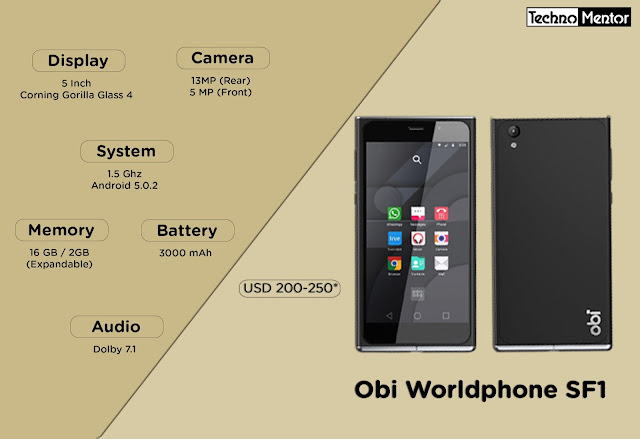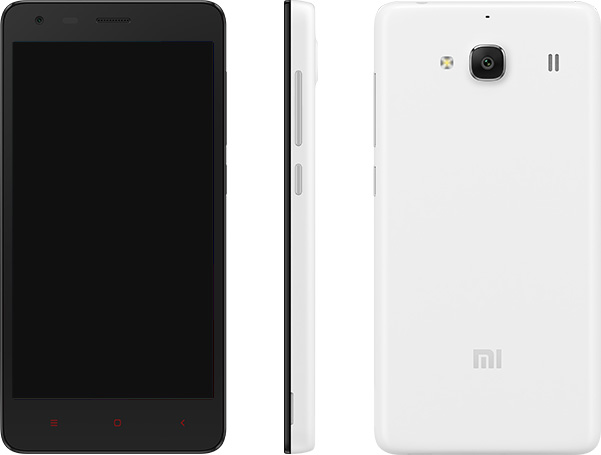The smartphone market is always buzzing with new updates and launches. After reclaiming the position in the market with its Moto E and Moto G series, Motorola
has been on a roll. This time they have come up with a new smartphone in the mid section – Moto G Turbo Edition. The phone was launched in the Indian
market last week for INR 14,499 (USD 220 approx).
Similar to its predecessor, no new variations in the design
Turbo Editions’ body is 142.1X72.4X11.6 mm and weighs about 155g. The textured silica back cover has a premium feel, and the frame is made of plastic. The
left side of the phone is clean and the volume button and a textured power button are placed on the right side. There is a standard Micro USB port at the
bottom. Underneath the back cover there are two slots that hold Micro SIM cards and a slot to hold a Micro SD card at the top. The phone is available in
two colours- black and white. The black phone has a bluish back panel. However, Motorola has provided back panel changing options in different colours on
their website.
Standard HD display with TFT panel and Oleophobic screen
The device has a 5-inch display screen with a resolution of 720X1280p that has a pixel density of 294 PPI. Initial speculations about the device suggested
a 1080p resolution. The LCD screen has a TFT panel which allows good visibility at odd angles and under bright sunlight. However, there are options
available by brands like Xiaomi and Obi that offer a better display and screen experience at a lesser price. The screen has Gorilla Glass 3 panel that
protects the HD Display. The oleophobic coating avoids smudges on the screen and keeps the display clean. Moto G Turbo Edition is IP67 rated that makes the
device water-proof, provided the back-panel is properly closed.
New improved software allows ability to perform heavy tasks smoothly
As per Motorola, Moto G Turbo Edition is the fastest, most responsive Moto G yet as per Motorola and helps run the phone without stutter, with a 1.5 GHz
Qualcomm Snapdragon Octa-core processor (615 chipset) and 2GB RAM. It runs on Adreno 405 GPU, so graphically intensive games are played with ease. Apart
from this, Motorola G Turbo Edition has a 16 GB internal memory and comes with an SD card slot expandable up to 32GB which seems a bit limited for the
given price. The OS runs on Android 5.1.1 Lollipop and is will soon receive and updated version 6 (Marshmallow).
Turbo charger for quick charging
The Turbo Edition has a turbo charger that promises up to 6 hours of battery life in 15 minutes. It has a non-removable 2470 mAh, battery that claims to
give a full day backup. Although Asus, Xiaomi and Obi Worldphone are amongst the few brands that offer a higher battery capacity of up to 3000 mAh or more for a far
lessees price.
Decent camera with dual LED flash
It has a 13 megapixel rear camera with auto focus and dual LED flash. The 5 megapixel front camera will help click that perfect selfie. You can tap
anywhere on the screen to take a picture making it easier to take a selfie. Initial tests show an above average image quality. The camera also has features
like Geo-tagging, face recognition and panorama view.
Conclusion
Motorola G Turbo Edition is a mid-range phone that has a water-proof and dust-resistant design. Among other features like 4G, Bluetooth and WIFI connectivity, the phone also has FM Radio. However, there is no new innovation in terms of design and also the fast processor is borrowed from Moto’s high end variant Moto X Play. The phone tries to
impress but fails at multiple specifications like display, battery power, absence of a USB charging cable and the fact few companies offer better
specifications at a lesser price. Priced at INR 14,499 (USD 220) the phone is available on Flipkart.
































